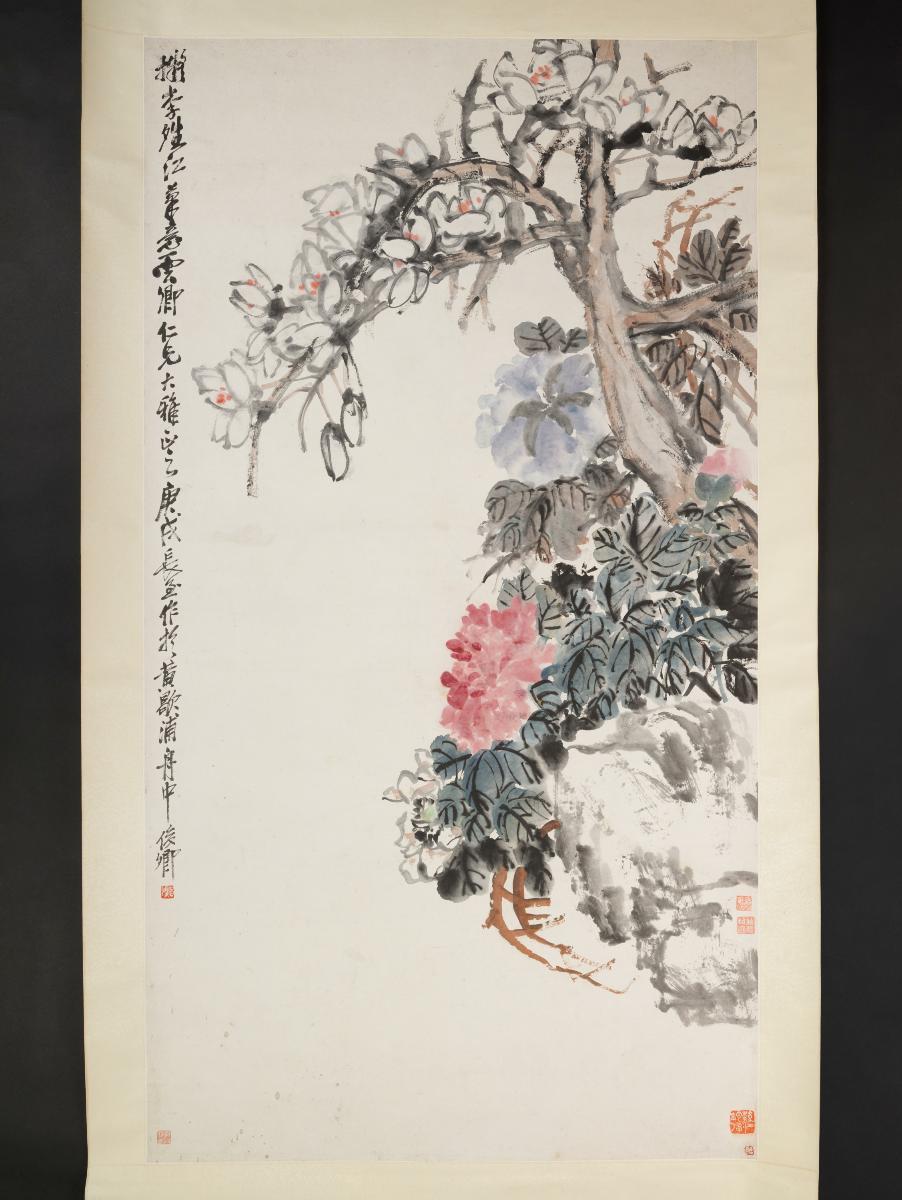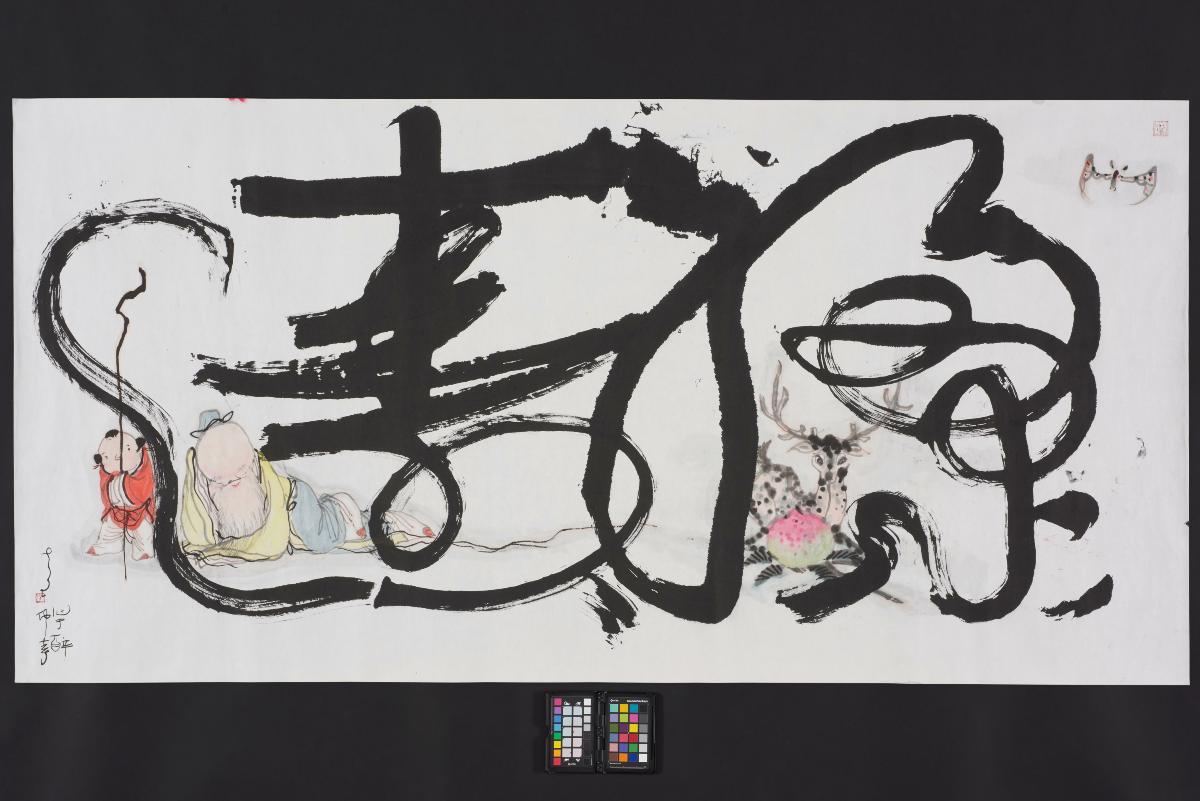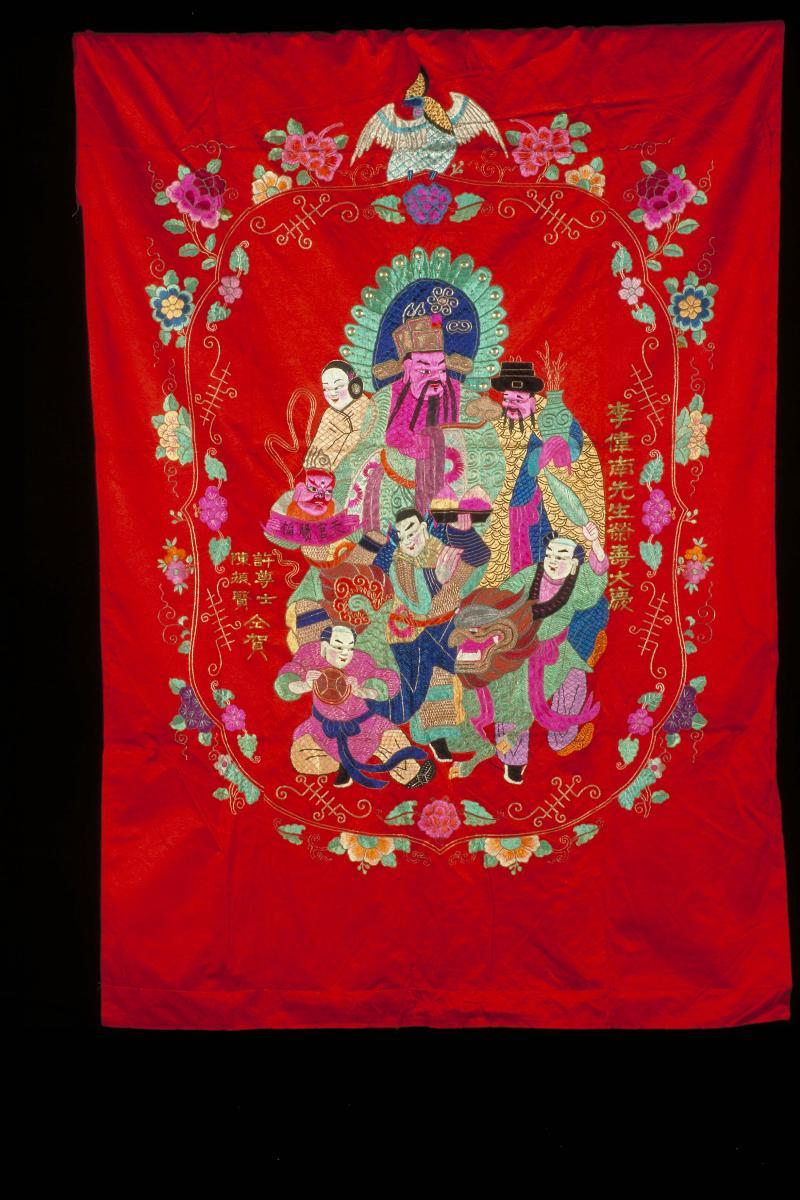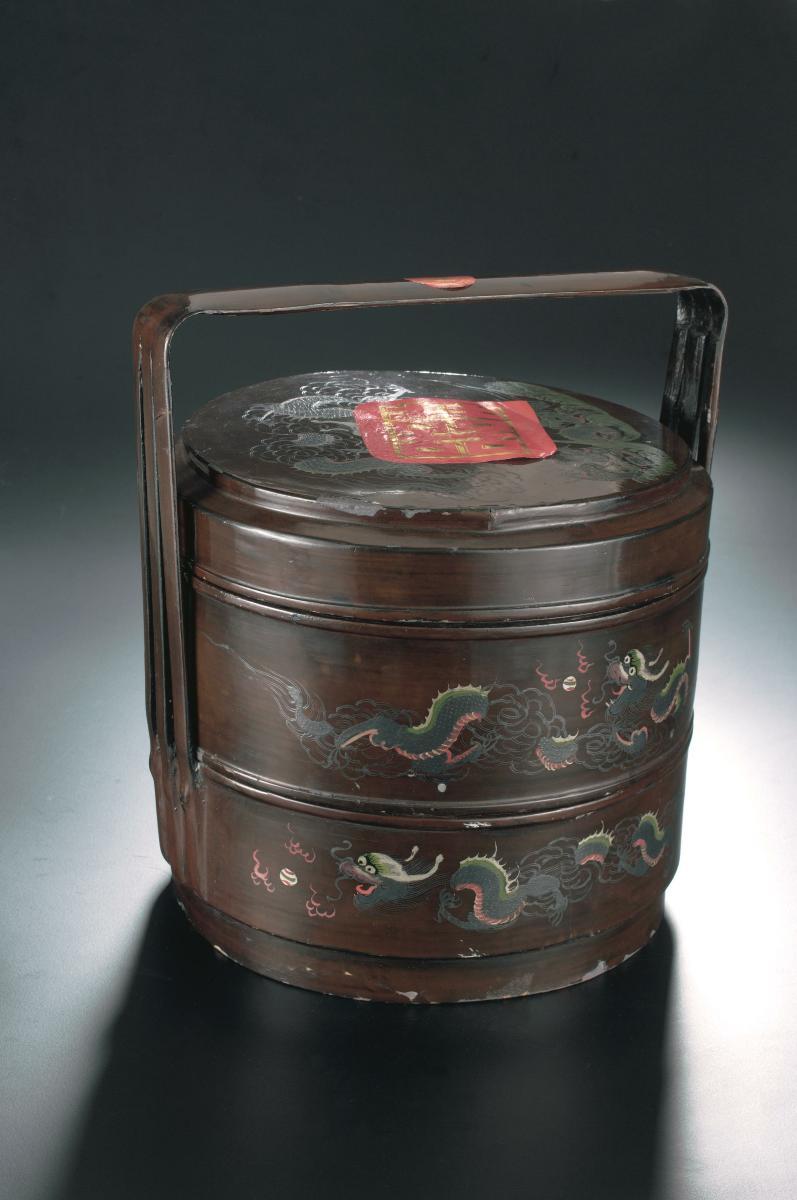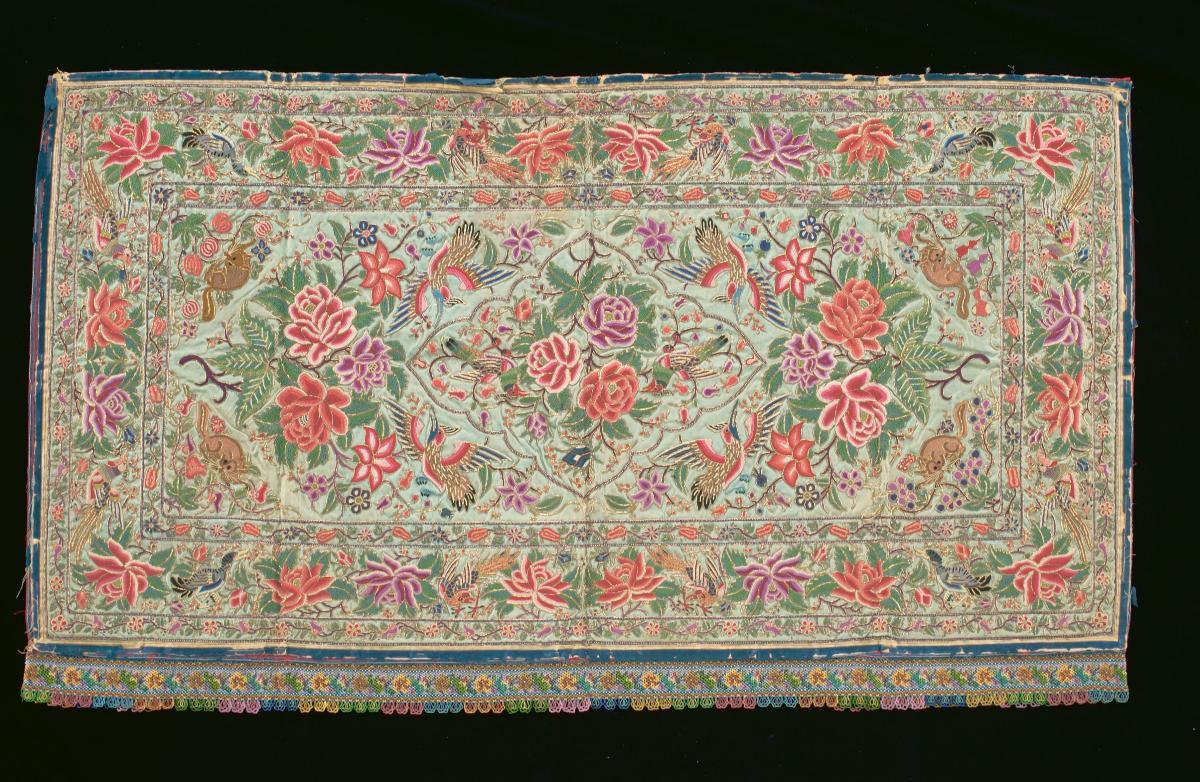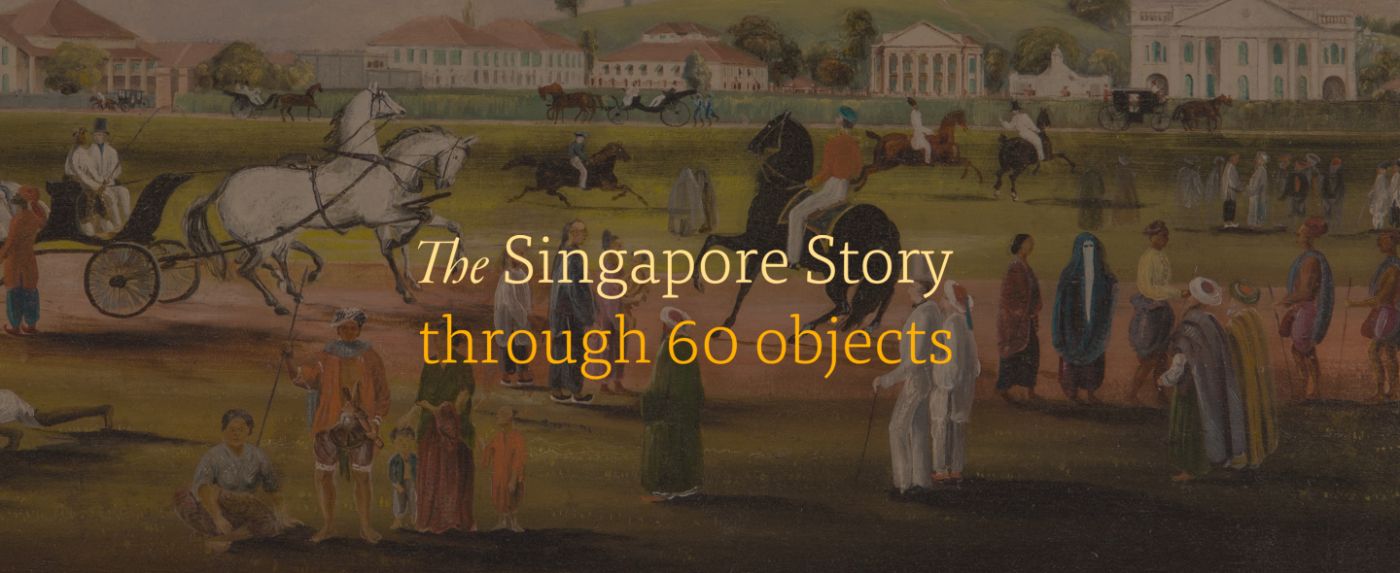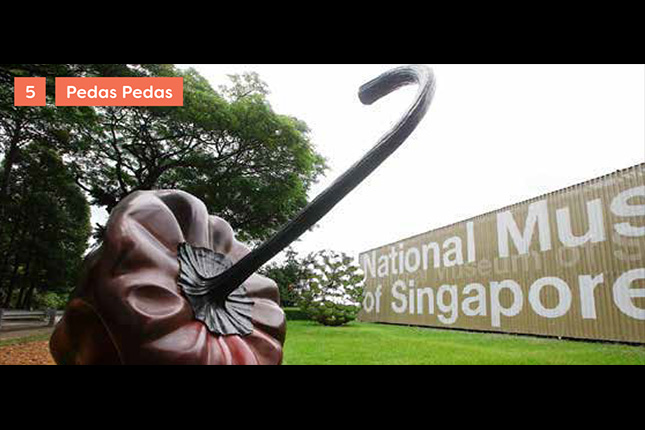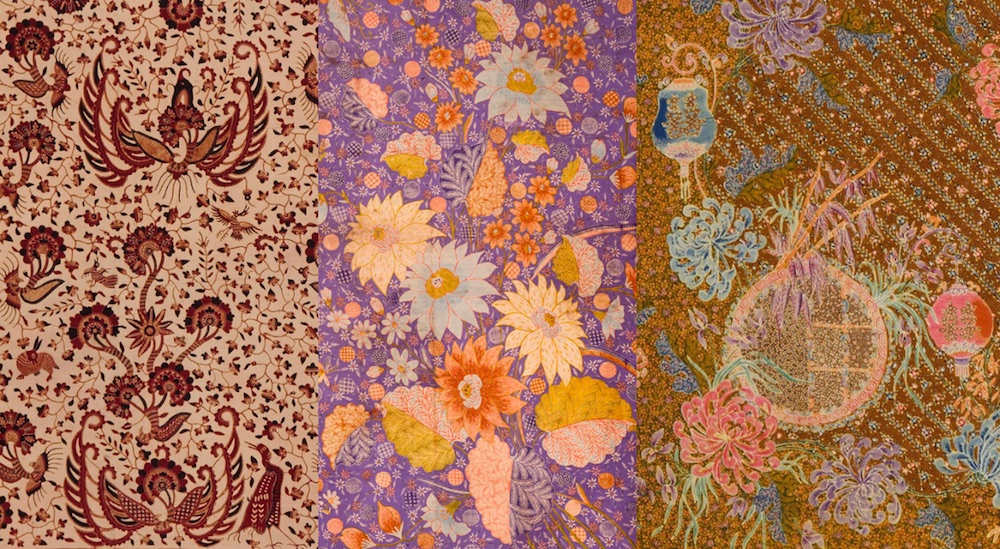Amongst the Shanghai painters, Wu Changshuo’s works stand out for its strong 'jinshi' flavour. The Jinshi school traces its roots to the late Ming (1368-1644) and early Qing (1644-1911) interest in epigraphy found on bronze vessels and stone steles. Wu's paintings were an extension of his mastery of seal carving and calligraphy.This painting of peonies and an unidentified spring flower is an aupicious one. For the Chinese, peony is a symbol of wealth and good fortune. Such paintings were popular with the merchants from Shanghai as well as Japanese clients.On the one hand, they were reflective of a scholarly gentleman’s works. While on the other, Wu’s works were visually pleasing due to his use of bright and pure colours. It helped too that many of his colourful flowers, twisted vines, rocks and objects, embodied auspicious meanings.




